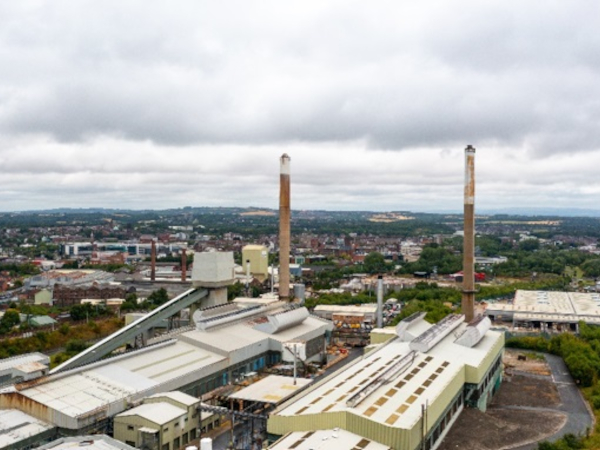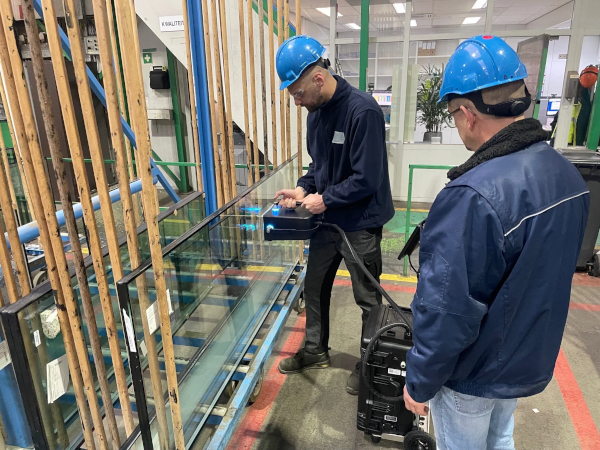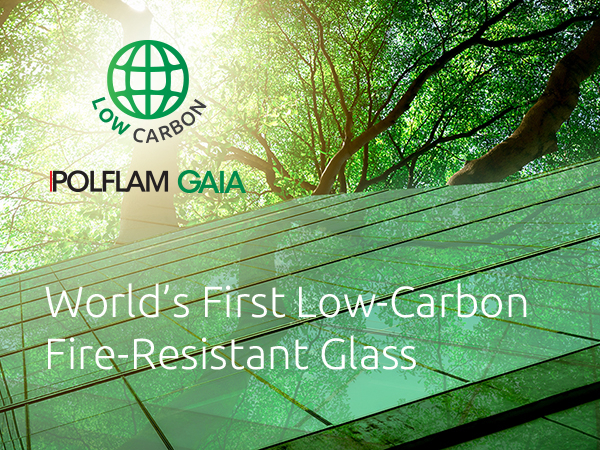Date: 24 November 2010
It has very high light transmittance and is practically colorless, which makes it ideal for applications where transparency and purity of color are desired. Part of the reason for the success of Pilkington OptiwhiteTM is its flexibility; it can be toughened or laminated, it has the widest range of sizes and thicknesses on the market and it can be combined with other products from the Pilkington range to provide additional benefits to suit any purpose.
- Practically colorless when compared to clear float glass.
- High light transmittance for exceptional transparency and purity of color.
- Available in thicknesses of between 2 mm and 19 mm, the widest range on the market.
Pilkington OptiwhiteTM has been a popular solution for architects, specifiers and designers for the past quarter of a century. During that time, it has continuously been refined and improved, and the expertise gained over the years helps ensure the consistently high quality of the glass produced today.
With its ability to achieve greater brilliance and transparency, Pilkington OptiwhiteTM is the perfect solution for exterior glazing, allowing a clear and true representation of colours when viewed through the glass. These same qualities also help create bright interiors full of natural daylight, making Pilkington OptiwhiteTM the product of choice for buildings where transparency and brightness are of paramount importance. Thanks to these and the many other benefits that Pilkington OptiwhiteTM brings to exterior applications, it is the perfect choice for façades. When used in shop fronts, it enhances true colors and allows maximum light transmission, even in thicker laminated combinations.
Pilkington OptiwhiteTM can be combined with other products from the Pilkington range to suit any application. For example, when combined with Pilkington Energy AdvantageTM, it provides high performance thermal control and low-emissivity, with improved clarity. In domestic windows, Pilkington OptiwhiteTM maximizes passive solar gain to reduce the need for heating during cold sunny days.
Pilkington OptiwhiteTM has been used in thousands of construction projects so far, including high rise buildings, airports and museums across the globe. It has been installed in the Glass PavilionTM at the Toledo Museum of Art in Toledo, Ohio. The outside walls and many of the interior walls of the building were made using Pilkington OptiwhiteTM. The building houses one of the world's finest international glass collections with more than 5,000 pieces of glass from ancient to contemporary times. It has also been specified for use in ‘The Shard’ at London Bridge, the soon-to-be tallest commercial structure in Western Europe. Designed by renowned Italian Architect Renzo Piano, this striking new building uses Pilkington OptiwhiteTM low-iron glass, with the aim of looking like a crystal tower. The transparency of Pilkington OptiwhiteTM will cause the building to change appearance throughout the day, as the levels of light and the position of the sun change.
As well as being perfect for external glazing, the exceptional clarity of Pilkington OptiwhiteTM makes it ideal for internal glazing applications, where laminated safety and security glass is required. When using Pilkington OptiwhiteTM as the substrate for laminated glass, the resulting product is free from the inherent darkening conventionally associated with thicker laminated glass. Pilkington OptiwhiteTM is therefore ideal for balustrades, balconies, doors, partitions and stairs.
As more and more designers are finding, Pilkington OptiwhiteTM is the best solution for applications where glass is used as a design feature, such as glass tables. The same is true where glass edges are purposely exposed - for example, shelving and shower screens - where its clarity enhances the entire appearance of the furniture. In applications such as display cabinets, the high light transmission of Pilkington OptiwhiteTM allows for a true representation of the potentially high-value products inside. Its inherent ability to make colors appear brighter also means that Pilkington OptiwhiteTM provides an exceptional base glass for tiles, splash-backs and furniture doors, and gives more accurate color definition when used as a mirror base.
Jon Phillips, Marketing Director Building Products, said: “We are delighted to celebrate the 25th anniversary of Pilkington OptiwhiteTM, and to see it growing in popularity every year. The experience and reputation we have gained over the last quarter of a century in producing such a high-quality product is invaluable as we look to adapt and evolve Pilkington OptiwhiteTM for all future applications. There are few products as reliable or flexible as Pilkington OptiwhiteTM, and we’re looking forward to continuing the development of the range for many years to come”.
The popularity of the Pilkington OptiwhiteTM range shows no sign of abating. Along with ‘The Shard’, Pilkington OptiwhiteTM has been chosen for a number of other exciting, high-profile glazing projects worldwide. It is now produced at NSG Group sites in various countries, with the same consistency and quality that has made the range so indispensible to architects and designers. This diligent attention to quality and detail will ensure Pilkington OptiwhiteTM continues to be a success for decades to come.
For further information, interviews or images please contact Sharon Urban at 419-247-3895.
The Pilkington name has been closely associated with glass since 1826. In 2006, Pilkington plc was acquired by the NSG Group of Japan, and the name Pilkington was retained as a brand for the Group’s building and automotive products. The enlarged NSG Group is now one of the world’s largest manufacturers of glass and glazing products for the building trade, the automotive industry and the specialty glass sector, with manufacturing operations in around 30 countries on four continents and sales in around 130 countries. In the fiscal year ended 31 March 2010, the Group reported sales approximately US 6.3 billion dollars. Of the Group’s consolidated sales, 44 percent were generated in Europe, 29 percent in Japan, 13 percent in North America and 14 percent in the rest of the world.







Add new comment